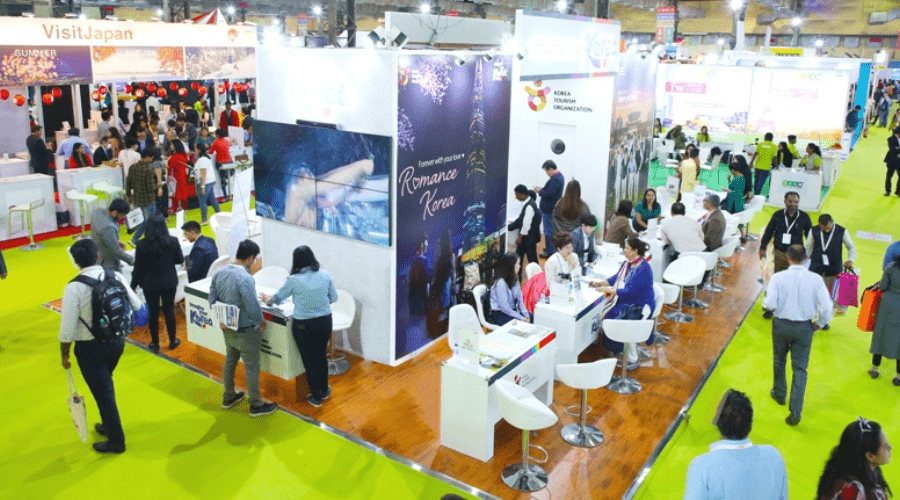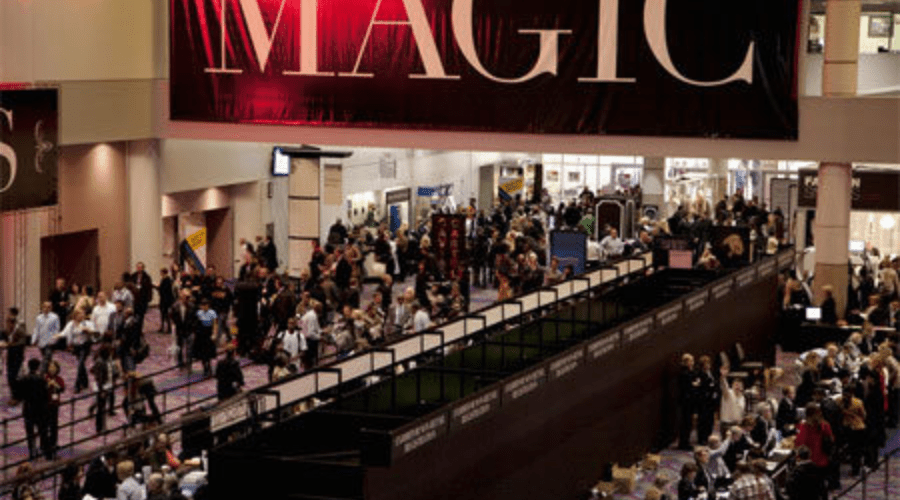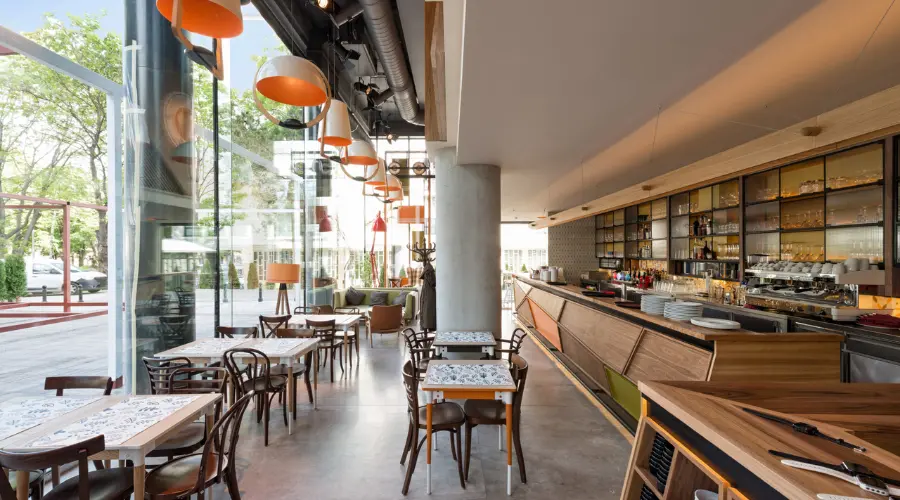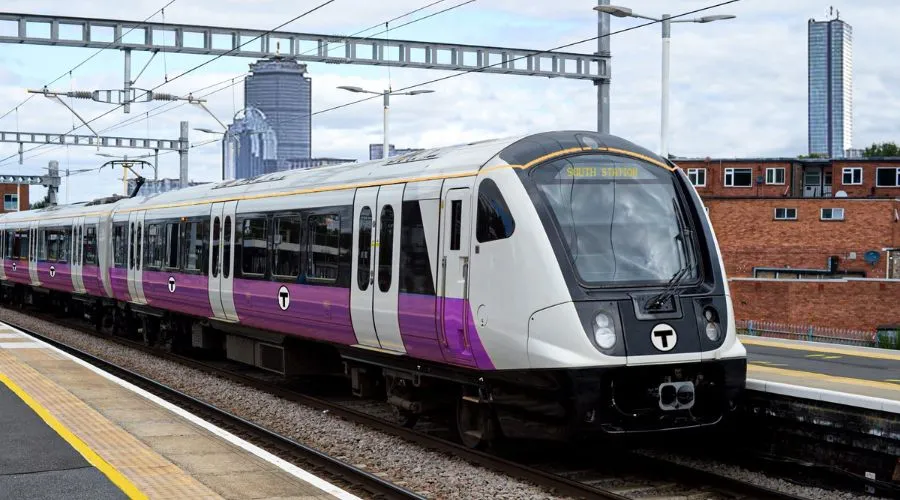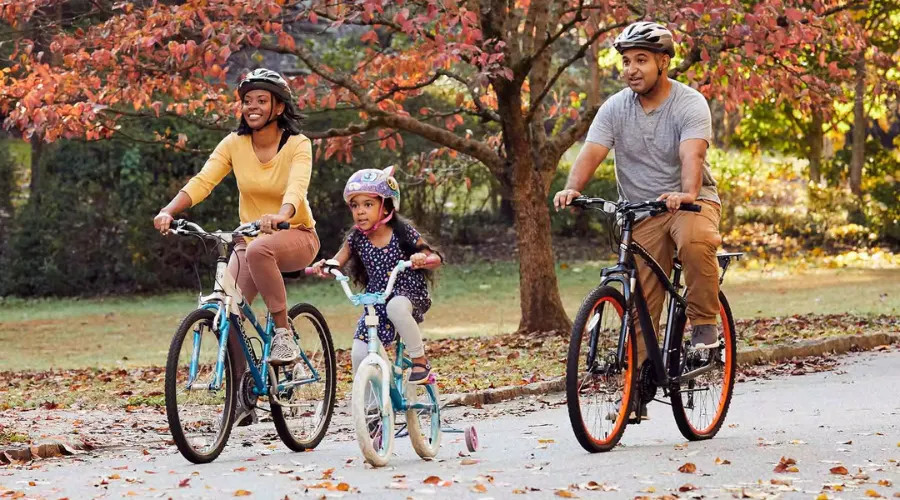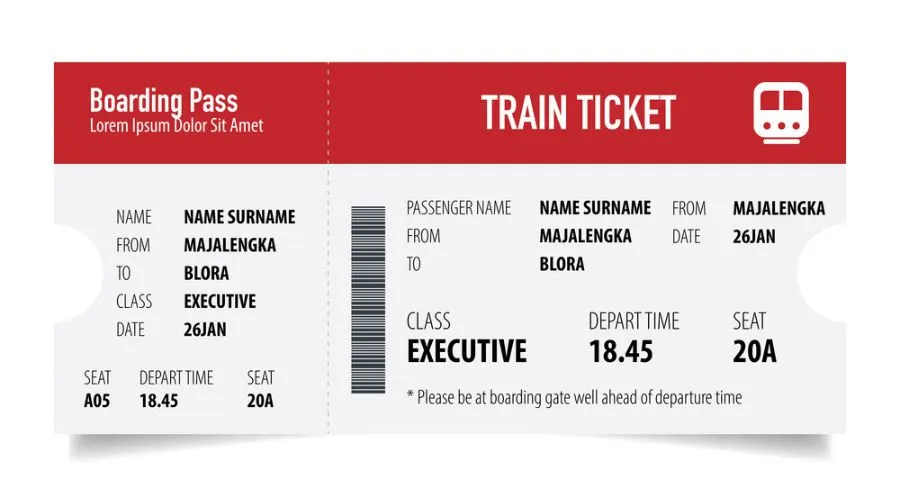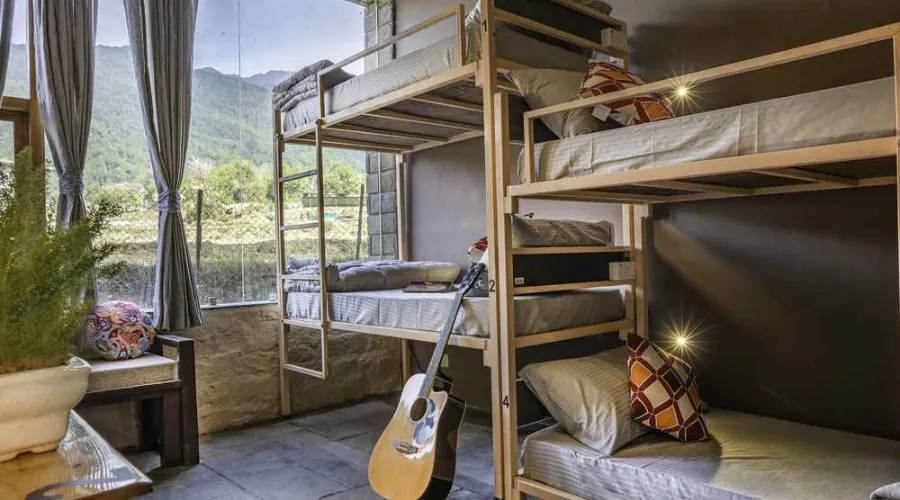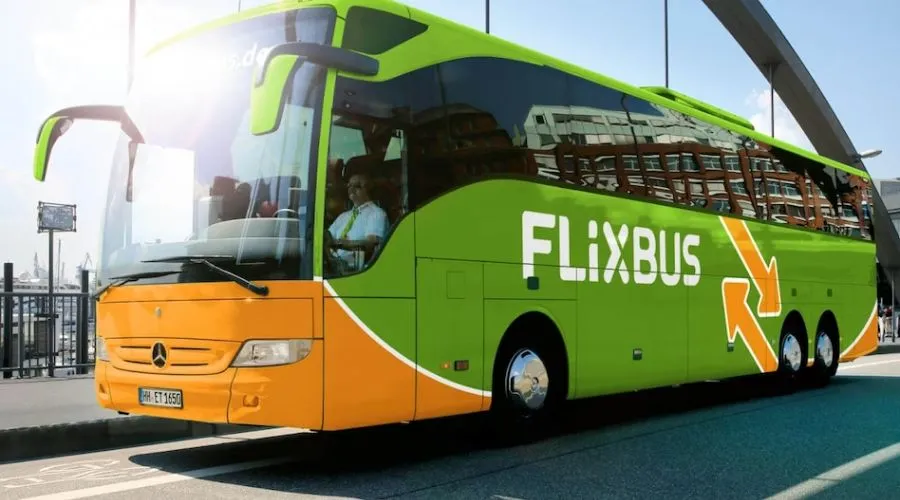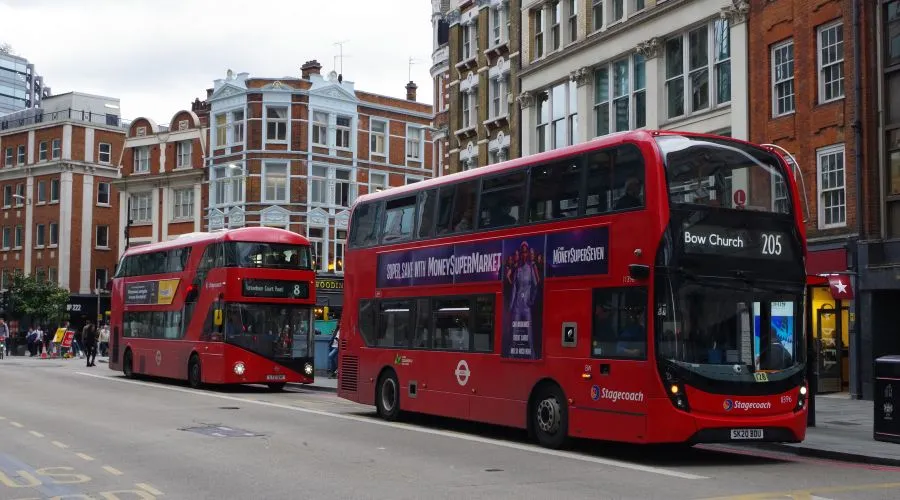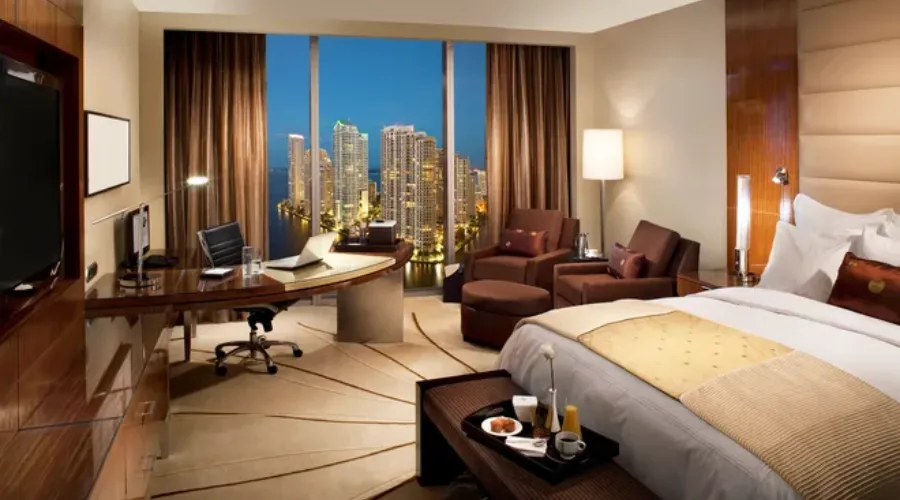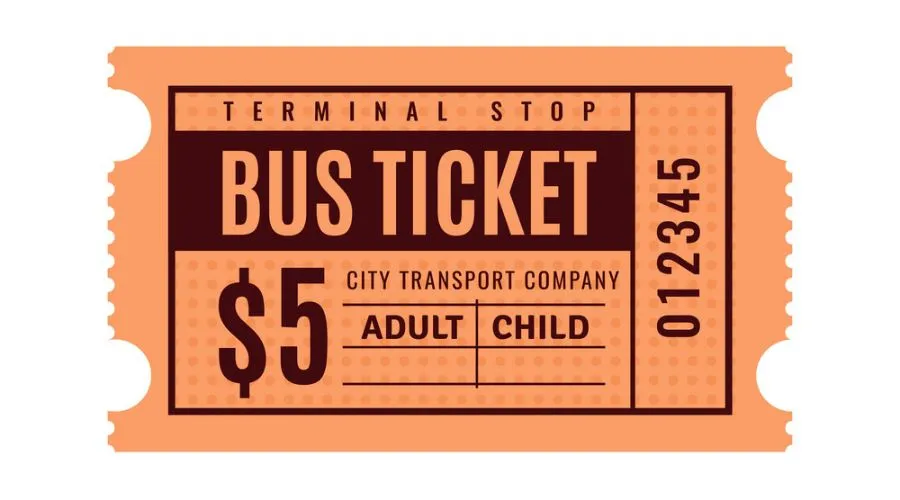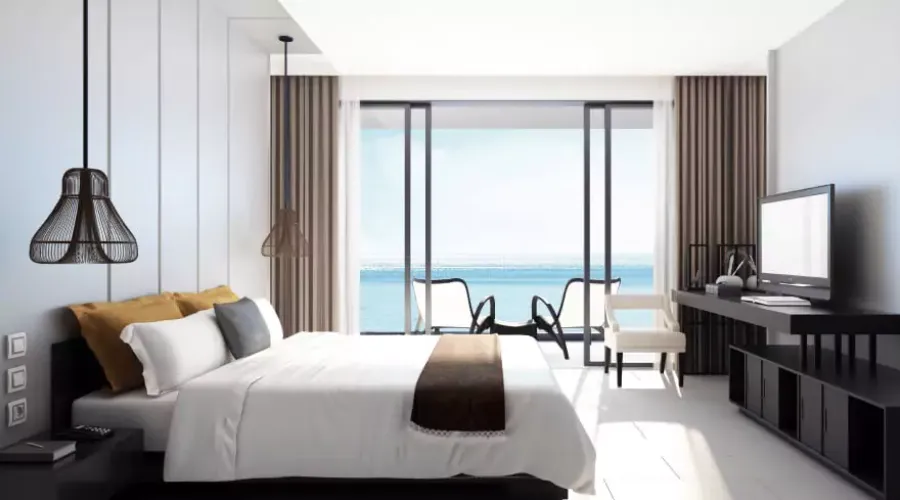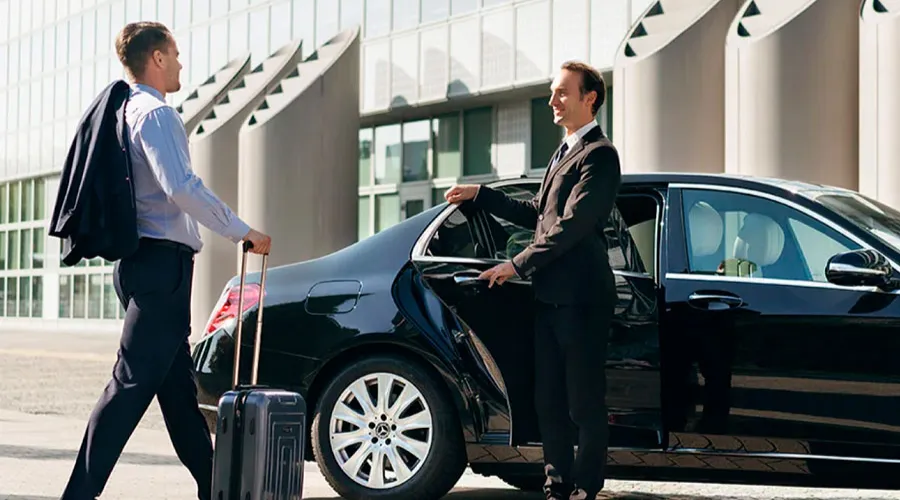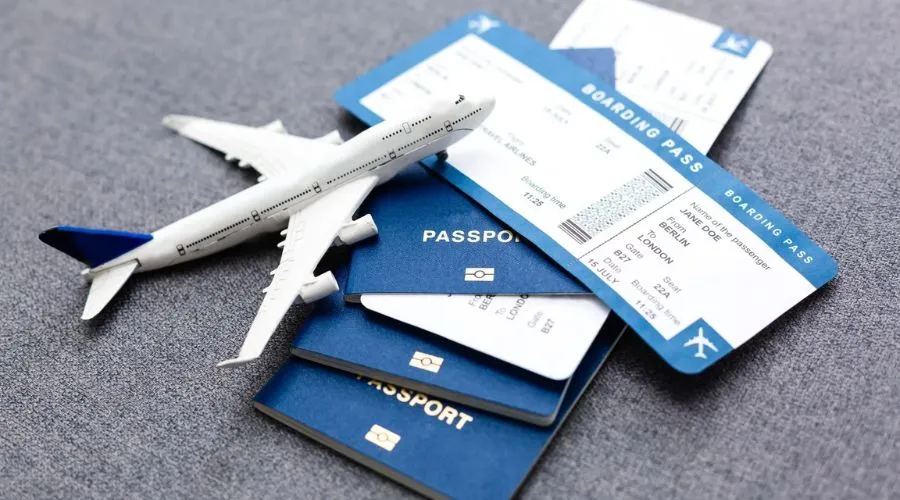
In the fast-paced world we live in, social media has become an integral part of our daily lives, influencing the way we communicate, share experiences, and even choose where to spend our leisure time. One such trend that has gained immense popularity is the concept of a “Social Media-Friendly Cafe.” These unique establishments go beyond serving a good cup of coffee or delicious pastries; they create an immersive environment that encourages patrons to capture and share their experiences on various social media platforms.
The Allure of Social Media-Friendly Cafes
Embracing Aesthetics and Ambiance
In the realm of social media-friendly cafes, aesthetics play a pivotal role in creating an Instagram-worthy experience. From chic interiors to vibrant murals, these cafes prioritize visual appeal, ensuring every corner is a potential backdrop for a photo or selfie. The use of natural light, trendy furniture, and eye-catching decor contribute to an ambiance that feels both cozy and photo-friendly.
Moreover, these cafes often incorporate unique elements that set them apart, such as swing seats, flower walls, or neon signs with catchy phrases. The goal is to create an environment that not only appeals to the senses but also sparks curiosity, encouraging patrons to share their newfound discovery with their social media followers.
Culinary Creations and Instagrammable Delights
In the era of food blogging and Instagram influencers, social media-friendly cafes understand the importance of presentation when it comes to culinary offerings. These cafes go beyond serving delectable dishes; they transform each plate into a work of art. Intricately designed desserts, colorful beverages, and aesthetically pleasing brunch options dominate the menu, enticing customers to capture and share their meals.
Latte art, innovative dessert presentations, and rainbow-colored drinks are just a few examples of the visually appealing offerings that dominate the social media-friendly cafe scene. By crafting edible masterpieces, these establishments ensure that every photo taken is not just a documentation of a meal but a shareable piece of art that contributes to the cafe’s online presence.
The Role of Social Media in Cafe Culture
Hashtag Heaven: Creating Online Communities
The heartbeat of social media-friendly cafes is undeniably the hashtag. These cafes actively encourage patrons to use specific hashtags when posting about their experiences, creating a sense of community both online and offline. By doing so, cafes can easily track user-generated content, engage with their customers, and build a loyal online following.
A well-crafted hashtag not only helps the cafe curate its online image but also allows patrons to connect with like-minded individuals who share a love for aesthetically pleasing spaces and delicious food. This sense of community extends beyond the physical boundaries of the cafe, creating a virtual space where patrons can continue to share their experiences and recommendations.
Influencer Collaborations: A Win-Win Strategy
In the age of influencers, social media-friendly cafes often leverage collaborations with popular content creators to amplify their reach. Influencers, with their substantial following, bring attention to the cafe’s unique offerings, ambiance, and overall experience. In return, the influencers gain fresh, engaging content for their audience and the opportunity to align themselves with a trendy and photogenic venue.
These collaborations extend beyond a simple visit and photo opportunity. Influencers often participate in curated events, exclusive menu tastings, or even collaborate on limited-edition menu items, creating a buzz that transcends the digital realm and draws patrons to the cafe eager to experience the influencer-endorsed offerings.
Navigating Challenges and Building Authenticity
Striking a Balance: Authenticity vs. Aesthetic
While the visual appeal is crucial, social media-friendly cafes face the challenge of maintaining authenticity amid the pressure to create Instagrammable moments. Balancing aesthetics with genuine hospitality and high-quality offerings is essential for the long-term success of these establishments. A cafe that prioritizes the customer experience alongside visual appeal is more likely to foster repeat business and positive word-of-mouth recommendations.
Cafes can achieve this balance by investing in well-trained staff, sourcing high-quality ingredients, and ensuring that the primary focus remains on providing an excellent dining or coffee-drinking experience. This approach not only safeguards the authenticity of the cafe but also contributes to a positive online reputation.
Ethical Social Media Practices: Beyond the Filter
In the pursuit of social media success, cafes should also be mindful of ethical considerations. Encouraging patrons to capture their experiences is one thing, but pressuring them to create content that may not accurately reflect their genuine experience crosses ethical boundaries. Social media-friendly cafes should prioritize transparency and honesty, fostering a culture where patrons feel comfortable sharing their authentic experiences, both positive and constructive.
Furthermore, cafes can use their online presence to highlight ethical practices, such as sustainable sourcing, community involvement, and fair labor practices. By aligning with values that resonate with their target audience, cafes can build a loyal following that goes beyond the allure of Instagrammable moments.
The Future of Social Media-Friendly Cafes
Innovations in Technology: Augmented Reality Experiences
As technology continues to evolve, social media-friendly cafes are exploring innovative ways to enhance the customer experience. Augmented reality (AR) is emerging as a potential game-changer, allowing patrons to interact with the physical space in new and exciting ways. From AR menu displays to interactive murals that come to life through a smartphone app, cafes can create immersive experiences that extend beyond the limitations of traditional decor.
By incorporating technology, social media-friendly cafes can stay ahead of the curve, offering patrons novel and shareable experiences that blend the digital and physical worlds. This not only keeps the concept fresh and exciting but also ensures that patrons continue to find new reasons to share their experiences online.
In conclusion, the rise of social media-friendly cafes reflects a broader cultural shift in how we perceive and share our leisure experiences. These cafes have tapped into the power of visual storytelling, creating spaces that are not just enjoyed in the moment but shared, liked, and commented on long after the last sip of coffee or the final bite of a delicious pastry. As we navigate the intersection of social media and hospitality, it is evident that these cafes are not just a passing trend but a cultural phenomenon that is reshaping the way we connect, both online and offline.

